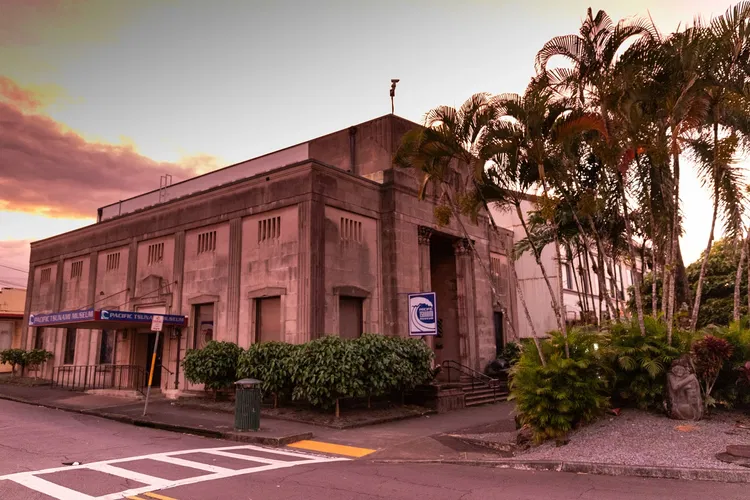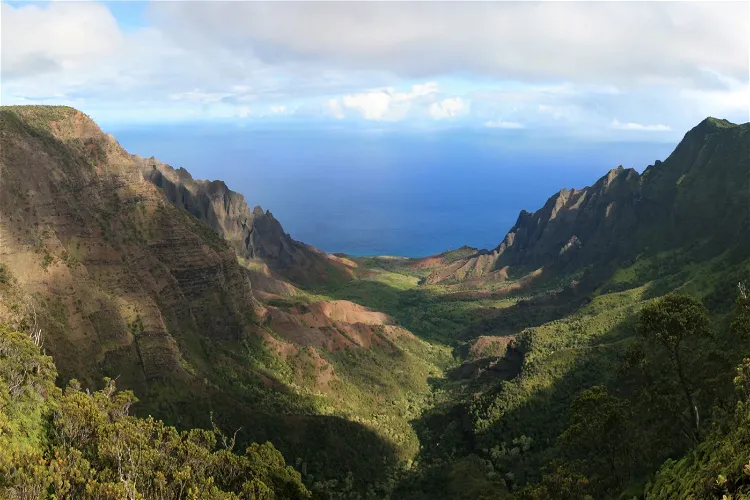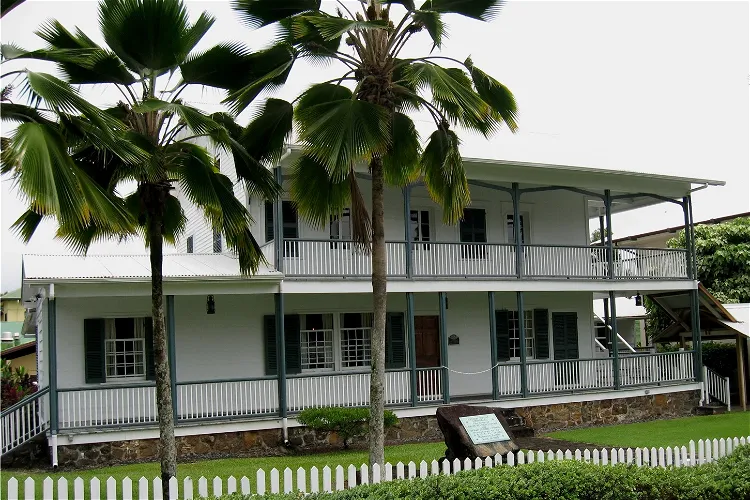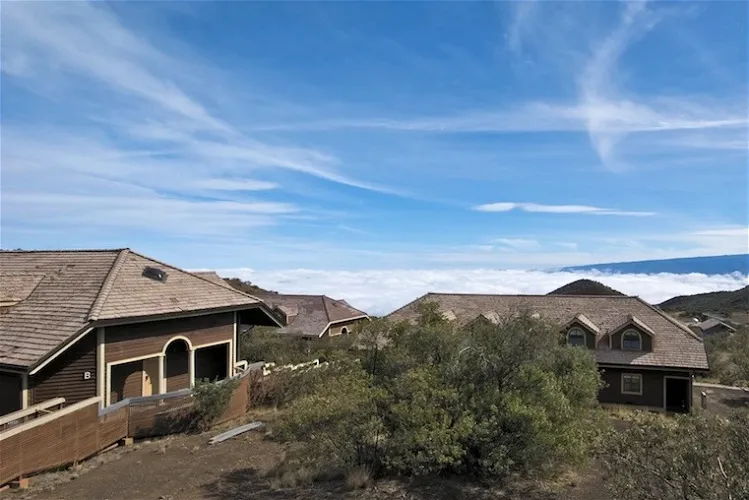Are you fascinated by the Earth's natural history? These are the geology museums you should visit in Hawaii:

The Pacific Tsunami Museum
Hilo, HIThe Pacific Tsunami Museum, located in Hilo, Hawaii, is a dedicated space for understanding and exploring the history of significant tsunamis, specifically the Pacific tsunami of April 1, 1946, and the Chilean tsunami of May 23, 1960. These catastrophic events had a profound impact on the east coast of the Big Island, particularly Hilo, and the museum serves as a testament to these historical occurrences.
Hui o Laka - Kokee State Park
Waimea, HIThe Kōkeʻe Museum, located at the 15-mile marker on State Road 550 within the park, offers insights into the local weather, vegetation, and bird life. This museum provides a comprehensive understanding of the park's natural environment.
Lyman Museum and Mission House
Hilo, HIThe Lyman House Memorial Museum, also known as the Lyman Museum and Lyman House, is a natural history museum based in Hilo, Hawaii. It was founded in 1931 in the Lyman family mission house, which was originally built in 1838. This makes it a significant historical site, as well as a place of interest for those keen on natural history.
Onizuka Center for International Astronomy
Maunakea, HIThe Onizuka Center for International Astronomy, also known as Hale Pōhaku, is a complex of support facilities for the Mauna Kea Observatory on Hawaiʻi island. It is located at the 9,300-foot elevation, south of the summit. The center consists of dormitories with sleeping accommodation for 72, as well as a main building which houses shared facilities such as a cafeteria, laundry, and common room. However, there is no admission to these support facilities for the general public.